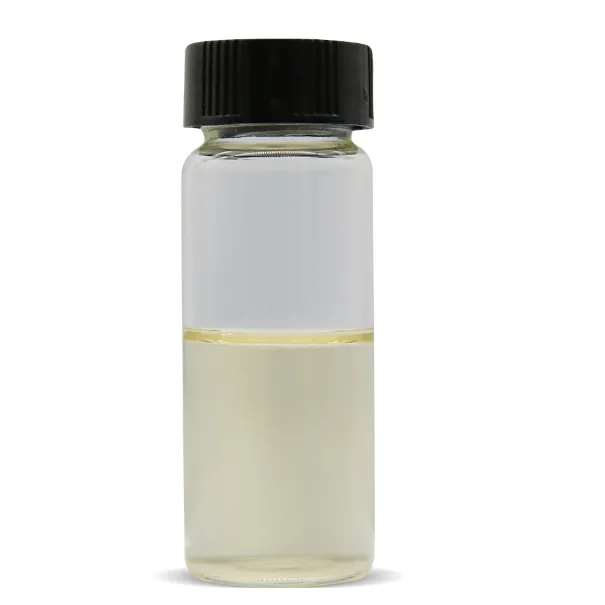 Email: sale@hebeidisha.com
Email: sale@hebeidisha.com
 Tel: +86 13315186550
Tel: +86 13315186550
- Afrikaans
- Albanian
- Amharic
- Arabic
- Armenian
- Azerbaijani
- Basque
- Belarusian
- Bengali
- Bosnian
- Bulgarian
- Catalan
- Cebuano
- China
- China (Taiwan)
- Corsican
- Croatian
- Czech
- Danish
- Dutch
- English
- Esperanto
- Estonian
- Finnish
- French
- Frisian
- Galician
- Georgian
- German
- Greek
- Gujarati
- Haitian Creole
- hausa
- hawaiian
- Hebrew
- Hindi
- Miao
- Hungarian
- Icelandic
- igbo
- Indonesian
- irish
- Italian
- Japanese
- Javanese
- Kannada
- kazakh
- Khmer
- Rwandese
- Korean
- Kurdish
- Kyrgyz
- Lao
- Latin
- Latvian
- Lithuanian
- Luxembourgish
- Macedonian
- Malgashi
- Malay
- Malayalam
- Maltese
- Maori
- Marathi
- Mongolian
- Myanmar
- Nepali
- Norwegian
- Norwegian
- Occitan
- Pashto
- Persian
- Polish
- Portuguese
- Punjabi
- Romanian
- Russian
- Samoan
- Scottish Gaelic
- Serbian
- Sesotho
- Shona
- Sindhi
- Sinhala
- Slovak
- Slovenian
- Somali
- Spanish
- Sundanese
- Swahili
- Swedish
- Tagalog
- Tajik
- Tamil
- Tatar
- Telugu
- Thai
- Turkish
- Turkmen
- Ukrainian
- Urdu
- Uighur
- Uzbek
- Vietnamese
- Welsh
- Bantu
- Yiddish
- Yoruba
- Zulu
Oct . 22, 2024 00:00 Back to list
Innovative Applications of Polyethylene and Polypropylene Glycol Blends in Modern Industries
The Role of Polyethylene Glycol and Polypropylene Glycol in Modern Applications
Polyethylene glycol (PEG) and polypropylene glycol (PPG) are two influential polymers that have garnered significant attention in a wide range of industrial and pharmaceutical applications. These versatile compounds are largely recognized for their unique properties and functionalities, which make them invaluable in various sectors such as cosmetics, pharmaceuticals, and food processing.
Chemical Structure and Properties
Polyethylene glycol is a hydrophilic polymer made from the polymerization of ethylene oxide. Its molecular weight can vary significantly, leading to different forms of PEG, each with diverse applications. PEG is characterized by its high solubility in water, biocompatibility, and low toxicity. These properties make it an ideal candidate for use as a drug delivery system, where it can facilitate the formulation of medications that require enhanced solubility.
On the other hand, polypropylene glycol (PPG) is produced via the polymerization of propylene oxide. PPG is typically less hydrophilic than PEG, giving it a unique set of properties, such as lower viscosity and enhanced lipophilicity. This makes PPG suitable for applications in areas like adhesives, coatings, and as a surfactant in various formulations.
Applications in Pharmaceuticals
In the pharmaceutical industry, PEG plays a crucial role as a solvent, emulsifier, and excipient in drug formulations. Its ability to enhance drug solubility allows for better bioavailability, which is critical in ensuring that medications are effective. Additionally, PEGylation—the process of attaching PEG chains to proteins or peptides—can improve the pharmacokinetics of therapeutic agents, prolonging their circulation time within the bloodstream and reducing immunogenicity.
PPG, while less common in drug formulations, is often utilized as a solvent and plasticizer in formulations where a non-ionic surfactant is needed. It can enhance the stability and performance of certain products, making it an important component in the production of various pharmaceutical forms, including creams, gels, and ointments.
polyethylene glycol polypropylene glycol

Role in Cosmetics and Personal Care
Both PEG and PPG are widely used in the cosmetics and personal care industry due to their effective moisture-retaining properties and ability to create smooth, pleasant textures in formulations. PEG is commonly found in lotions, shampoos, and skin creams, where it acts as a humectant, drawing moisture to the skin and providing a silky feel. Moreover, its versatility allows for the formulation of products with varying viscosities, catering to different consumer preferences.
PPG is often used in hair care products and skin care formulations to enhance spreadability and improve the overall texture. It can provide a lightweight feel and help stabilize emulsions, making it a favorite among cosmetic chemists.
Food Processing and Other Industrial Uses
In food processing, PEG is sometimes used as an anti-foaming agent and humectant, contributing to the overall quality and stability of food products. Its non-toxic nature ensures that it can be safely employed in consumables without adverse health effects.
PPG also finds application in various industrial sectors, including lubricants, antifreeze formulations, and coatings. Its useful properties, such as low volatility and enhanced wetting capabilities, make it a preferred choice in formulations aimed at enhancing performance.
Conclusion
Polyethylene glycol and polypropylene glycol are essential compounds that significantly impact numerous industries. Their unique properties, ranging from biocompatibility to moisture retention, allow for their widespread use in pharmaceuticals, cosmetics, food processing, and numerous industrial applications. As research continues to reveal more about their capabilities and potential, it is likely that the importance of PEG and PPG will only increase, driving innovation and enhancing product effectiveness across various sectors.
Latest news
-
Certifications for Vegetarian and Xanthan Gum Vegetarian
NewsJun.17,2025
-
Sustainability Trends Reshaping the SLES N70 Market
NewsJun.17,2025
-
Propylene Glycol Use in Vaccines: Balancing Function and Perception
NewsJun.17,2025
-
Petroleum Jelly in Skincare: Balancing Benefits and Backlash
NewsJun.17,2025
-
Energy Price Volatility and Ripple Effect on Caprolactam Markets
NewsJun.17,2025
-
Spectroscopic Techniques for Adipic Acid Molecular Weight
NewsJun.17,2025